If you are looking wholesale lighting solutions, click here.
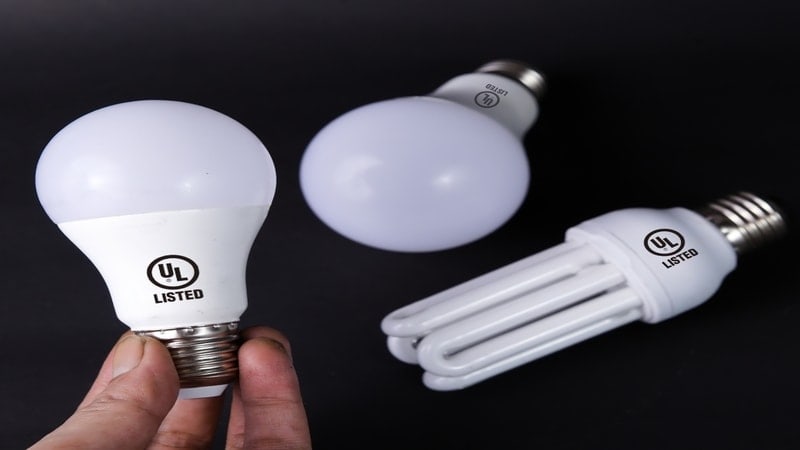
Lighting is one of the most important factors in making a space appealing. Yet, lighting should also adhere to stringent safety measures.
UL lighting certifications are vital both in residential and industrial environments. They ensure certain safety standards for lighting products. Want to learn more about what UL is and why wholesalers and professionals should care?
The term UL stands for Underwriters Laboratories, a third-party organization. By testing different types of products, they ensure safety and sustainability standards.
UL-listed products undergo rigorous testing against electrical shock and fire hazards. Any light or product approved by UL can fall under one of the following categories.
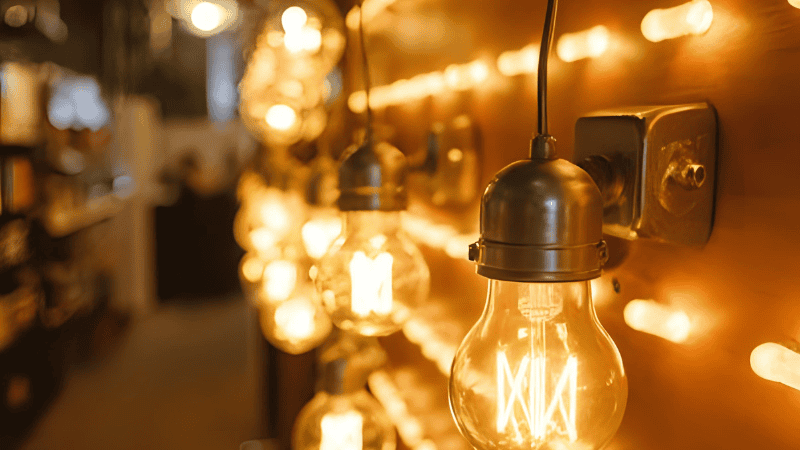
In short, if you see the UL-marked seal on any product, it means the product meets UL’s high safety standards. Furthermore, that product will be free from any risk of fire or danger. The table below covers some common products that can have the UL listing mark.
| Products | Use |
|---|---|
| Downlights | Gives direct light downward, often used in kitchens and staircases |
| Ceiling lights | Mounted directly on the ceiling, best for bedrooms and offices |
| Floodlights | Used to illuminate large areas, such as cricket stadiums and parking lots. |
| Wall sconces | Versatile lighting fixture, mostly used for task lighting or accent lighting. |
| Emergency lights | A battery-powered light designed to activate automatically when regular lighting fails. |
UL-rated lighting is critical in supplying wholesale ventures. It avoids electrical hazards, minimizes fire risks, and guarantees the product’s dependability. Further, it guarantees the correct color temperature and high color rendering index.
Certified equipment prevents mishaps at the office and home, says the Electrical Safety Foundation International.
By increasing trust among customers, it enhances acceptance rates in commercial installations. Eventually, in the buyer’s place, we would also prefer certified products. Some more key points to understand the importance of UL-listed lighting are:

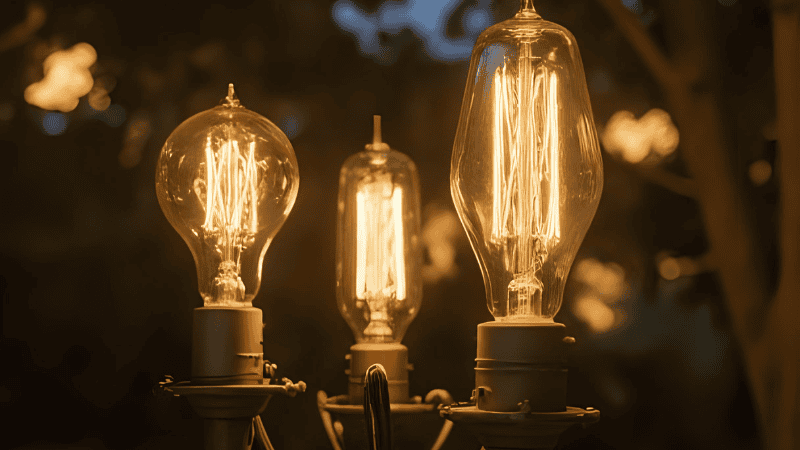
Apart from UL, there are other certifications like ETL (Electrical Testing Laboratories), CSA (Canadian Standards Association), and CE (Conformité Européenne). These certifications are used to verify that products follow established safety requirements.
Here is the comparison table between UL, ETL, CSA, and CE.
| Certification | Issuing Organization | Region Accepted | Trust Level and Application |
|---|---|---|---|
| UL (Underwriters Laboratories) | Global independent safety science organization | Canada and the U.S. | Highly trusted in the U.S., typically applied in lighting products, home appliances, and safety equipment. |
| ETL (Electrical Testing Laboratories) | Intertek (Global Testing Lab) | Canada and the U.S., and some global markets | A good alternative to UL, highly trusted in the U.S. and Canada, covers lighting fixtures, home appliances, and industrial equipment. |
| CSA (Canadian Standard Association) | CSA group | Canada, widely recognized in the U.S. and some international markets | Highly trusted in Canada, accepted in the United States, and often considered for electrical and gas regulations. |
| CE (Conformite Europeenne) | Self-declared | European Union and European Economic Area | CE marking is a necessity for selling in Europe, but it’s not a safety certification such as UL. CE is used on products such as toys, electronic gadgets, and machinery, among others. |
All certifications are recognized as NRTL (Nationally Recognized Testing Laboratories). Yet, UL is considered the U.S. gold standard due to its high reputation and widespread credibility.
The UL listing process is a significant way for lighting manufacturers to certify their products as safe for the U.S. and other nations. The International Electrotechnical Commission provides global standards for functional safety that complement regional certifications.

Underwater Laboratories (UL) is an internationally recognized certification process. And it tests products for arduous standards. The UL listing process for lighting manufacturers is below:
To gain a successful UL certification, you should begin by designing your lighting product according to the relevant UL standard. Ensure you apply UL-recognized components in your original design. Consider the same approach when selecting the right angle for the light beam.
Give UL engineers all information about your product, including documentation. Different types of lighting, like retail store lighting, restaurant lighting, or workplace lighting, have UL standards.
Submit your product samples and technical documentation to UL. They test products against specific safety standards.
In UL lab testing, your product is carefully checked for safety, as well as for electrical, mechanical, and thermal tests.
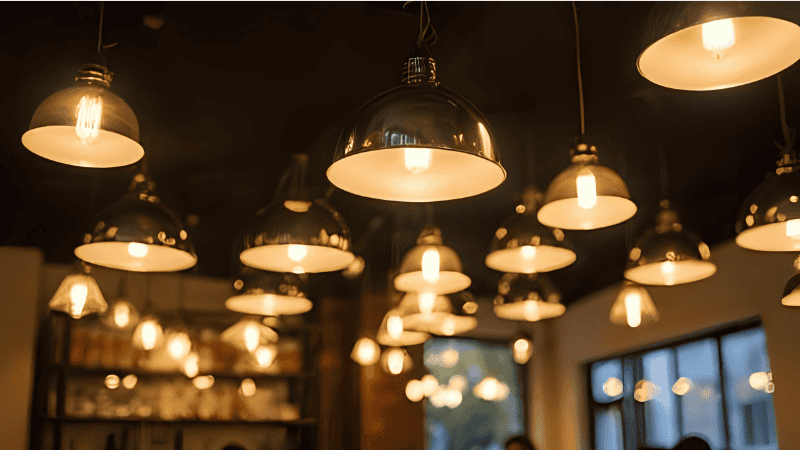
UL may visit your factory to verify the quality control process of manufacturing. This step will also ensure that only UL-recognized components are being used.
Last, but not least, your product will receive the UL mark if it meets all requirements. Following this, labeling the product with the UL mark will be mandatory for sale. The UL listing process for your lighting manufacturers will not end here.
Even after approval, UL keeps checking to ensure UL-certified products still meet safety rules. These inspections can range from product testing to unexpected factory audits.
UL listed, UL recognized, and UL classified are three categories that Underwriters Laboratories uses to rate products.
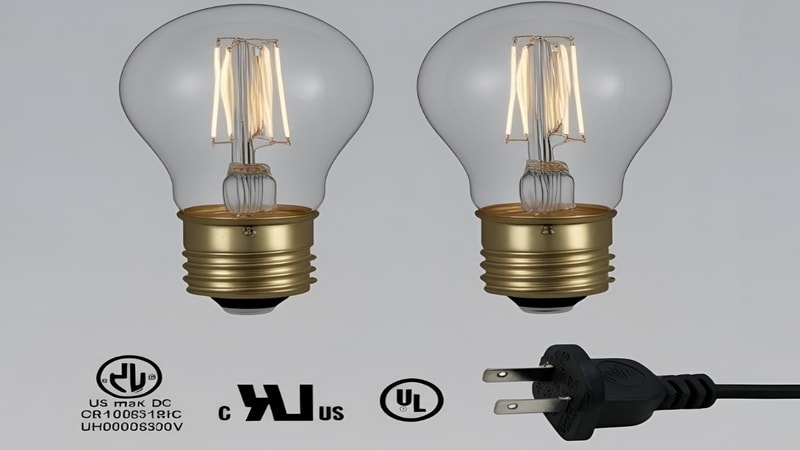
In addition, the term “UL Rated” is not an official term; it is not recognized by Underwriters Laboratories, and it can confuse users. Be sure to use the correct UL categories. Listed, Recognized, and Classified.
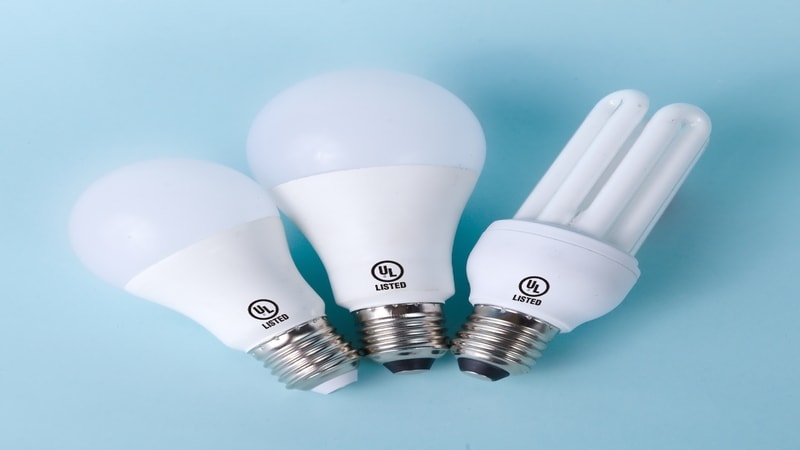
UL certification is optional, so manufacturers don’t have to get it by law. While not for personal items, it’s very important for the safety of electrical equipment in your home.
UL certifications are not necessarily required for all products within the United States. However, it commonly requires the use of local codes, insurance policies, and public contracts.
UL certification is also important for stores that sell products. Products like electrical devices or those with lithium-ion batteries. It shields the retailer against liability for the product that causes harm.
According to Energy Star, certified lighting products must meet both safety and energy efficiency standards. Products that are used in the workplace require testing by an NRTL or UL certification.
Here are the products that need to be UL certified.

Besides home applications, there are areas such as airport runway lights or explosion-proof lights for paint booths. These places require special and stringent certification requirements.
UL certification may not be legally required. But using non-certified products may expose businesses to legal risks or project rejection. Many large companies focus on buying products that have passed UL’s safety test. Also, it will be easy for customers to trust the product if it’s UL certified.
It is essential to know actual UL-listed light fixtures so that one can buy a secure and dependable product.
Check out the following details to recognize a real UL mark.
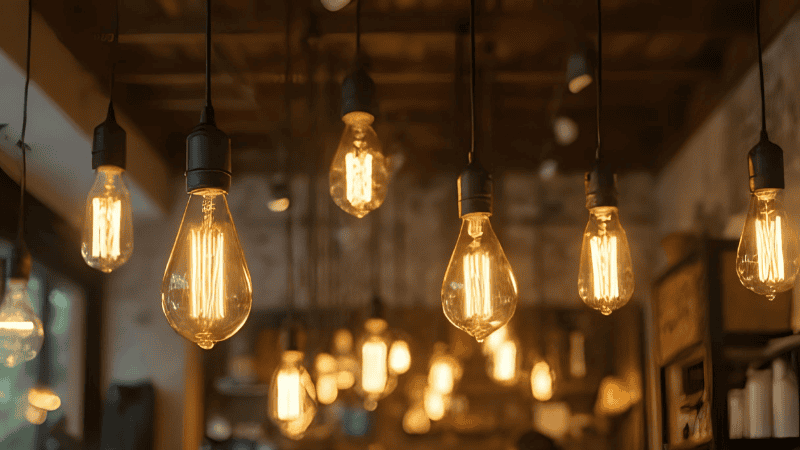
With this, you can easily recognize real UL-listed light fixtures. However, you should also know how to point out fake UL mark traits. Different lighting products will display UL marks differently. This includes recessed lighting, track lighting, or high bay lighting.
The tips below will help you spot misleading labels.
Be sure to purchase light fixtures from trusted wholesalers or brands to get a genuinely UL-certified product. Also, avoid buying low-priced items from unknown sellers, as these often signal counterfeit products.
There are several benefits of UL-listed lights for wholesale projects. Such as faster project approvals, lower liability risks, boosted buyer confidence, and higher resale or property value.
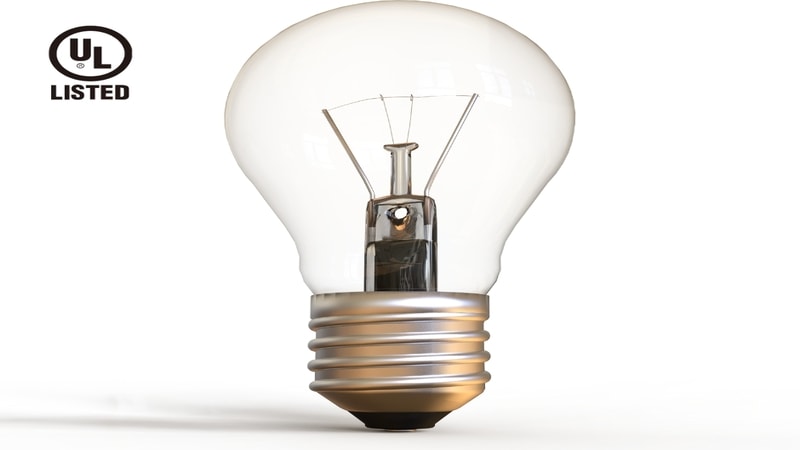
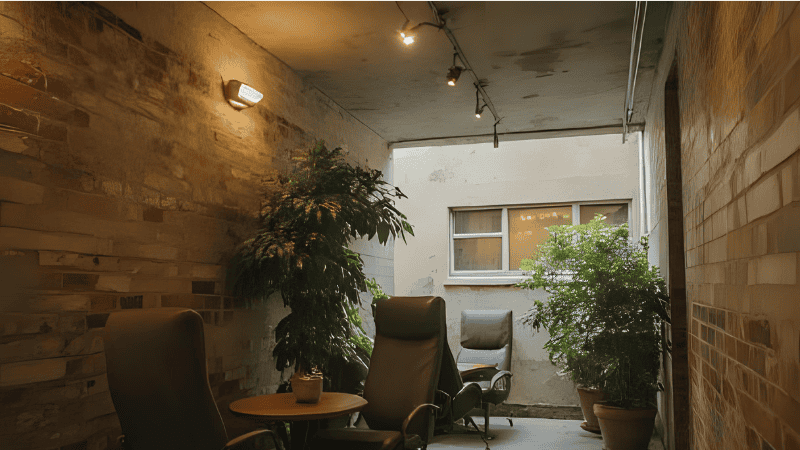
UL standards are created through a collaborative process. It involves expert stakeholders from the lighting industry and government, as well as UL’s standards and engagement team.
Due to this collaborative work, the standards of UL are comprehensive and aligned with evolving performance and safety.
If we talk about UL’s standards categories, there is a wide range that includes

One example of a UL standard is UL 1598, which is generally used for safety requirements for luminaires. It covers aspects like fire hazards, mechanical integrity, and electrical safety.
The UL listing costs may vary between $5000 and $50000, depending on the product type, industry, and the scale of certification. The certification fees include a product test fee, a UL marking fee, a follow-up service fee, and miscellaneous fees.
It may take four to sixteen weeks to get UL certification for the product, subject to its complexity. During this process, they check if your documents are complete and if you need to redesign or retest anything.
Manufacturers and wholesalers should budget and plan for UL certification. UL certification expenses should also be considered. You must also consider energy efficiency and IP rating requirements when making new products.
It consists of several important areas, such as inventory management, demand understanding, and resource optimization. For the manufacturer, it will be important not to forget about production planning also.
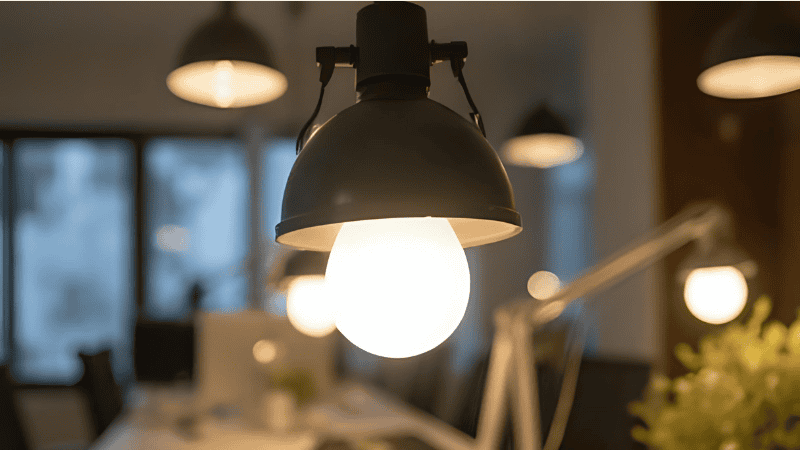
While wholesalers need to be conscious of sales strategies and inventory management.
UL-listed lighting products are the gold standard for safety, compliance, and market trust. There couldn’t be a better choice for wholesalers than using UL-listed products. It will protect their clients, boost product reputation, and reduce project risks.
By prioritizing UL certification, you show your commitment to quality and reliability. Also, building trustworthy relations and long-term success in the market.
Investing in Risuncorp’s UL-listed lighting is a wise investment for wholesalers and manufacturers. Make sure that your products pass high safety standards, protect your clients, and create a competitive edge in the market.
If you want to enjoy faster approvals and reduced liability risks. Then you must start integrating Risuncorp’s UL-listed lighting into your wholesale projects.
UL Listed applies to complete products that are tested and certified, such as circuit breakers, appliances, etc.
UL Recognized applies to components that can be used inside a product, including the wiring harness and LED drivers.
You can sell lighting products without UL certification across the U.S. However, many resellers and project specs might reject uncertified products.
UL is mainly U.S.-focused, as it is widely recognized in the United States but is often accepted in OEM exports and multinational deals.
UL-certified lights are slightly more expensive than uncertified lights. But they reduce liability, ensure compliance, and boost buyer confidence.
Along with lighting, there is a wide range of products that UL certifies. It includes electronics, cables, batteries, and safety gear.
Comprehensive Lighting Solutions for MRO Wholesalers and Professionals
send your inquiry
Hi, I'm the author of this post, and I have been in this field for more than 15 years. If you want to wholesale lighting fixtures or lighting related product, feel free to ask me any questions.
Learn More >>Download our catalog to view all of our lighting products.
Ready to get started ?
Send Your InquiryOur team will get back to you promptly

please
download
Get notified about new products
Our team will get back to you promptly!
Add your first comment to this post